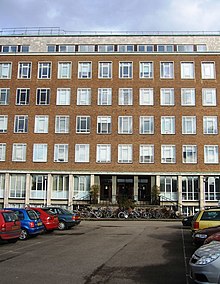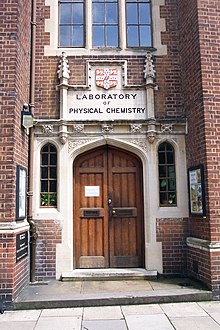
The Cavendish Laboratory is the Department of Physics at the University of Cambridge, and is part of the School of Physical Sciences. The laboratory was opened in 1874 on the New Museums Site as a laboratory for experimental physics and is named after the British chemist and physicist Henry Cavendish. The laboratory has had a huge influence on research in the disciplines of physics and biology.
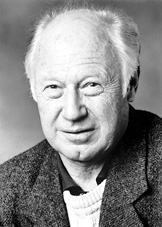
Michael Smith was a British-born Canadian biochemist and businessman. He shared the 1993 Nobel Prize in Chemistry with Kary Mullis for his work in developing site-directed mutagenesis. Following a PhD in 1956 from the University of Manchester, he undertook postdoctoral research with Har Gobind Khorana at the British Columbia Research Council in Vancouver, British Columbia, Canada. Subsequently, Smith worked at the Fisheries Research Board of Canada Laboratory in Vancouver before being appointed a professor of biochemistry in the UBC Faculty of Medicine in 1966. Smith's career included roles as the founding director of the UBC Biotechnology Laboratory and the founding scientific leader of the Protein Engineering Network of Centres of Excellence (PENCE). In 1996 he was named Peter Wall Distinguished Professor of Biotechnology. Subsequently, he became the founding director of the Genome Sequencing Centre at the BC Cancer Research Centre.
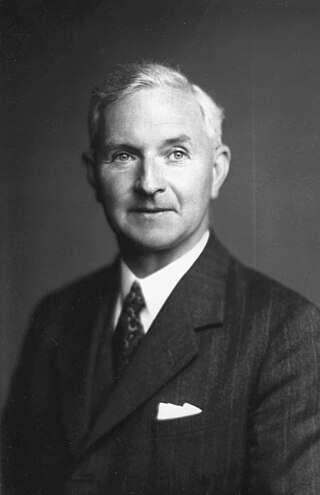
Sir John Edward Lennard-Jones was a British mathematician and professor of theoretical physics at the University of Bristol, and then of theoretical science at the University of Cambridge. He was an important pioneer in the development of modern computational chemistry and theoretical chemistry.

Gerhard Heinrich Friedrich Otto Julius Herzberg, was a German-Canadian pioneering physicist and physical chemist, who won the Nobel Prize for Chemistry in 1971, "for his contributions to the knowledge of electronic structure and geometry of molecules, particularly free radicals". Herzberg's main work concerned atomic and molecular spectroscopy. He is well known for using these techniques that determine the structures of diatomic and polyatomic molecules, including free radicals which are difficult to investigate in any other way, and for the chemical analysis of astronomical objects. Herzberg served as Chancellor of Carleton University in Ottawa, Ontario, Canada from 1973 to 1980.

Darwin College is a constituent college of the University of Cambridge. Founded on 28 July 1964, Darwin was Cambridge University's first graduate-only college, and also the first to admit both men and women. The college is named after one of the university's most famous families and alumni, that of Charles Darwin. The Darwin family previously owned some of the land, Newnham Grange, on which the college now stands.

Sir John Edward Sulston was a British biologist and academic who won the Nobel Prize in Physiology or Medicine for his work on the cell lineage and genome of the worm Caenorhabditis elegans in 2002 with his colleagues Sydney Brenner and Robert Horvitz. He was a leader in human genome research and Chair of the Institute for Science, Ethics and Innovation at the University of Manchester. Sulston was in favour of science in the public interest, such as free public access of scientific information and against the patenting of genes and the privatisation of genetic technologies.

Sir Aaron Klug was a British biophysicist and chemist. He was a winner of the 1982 Nobel Prize in Chemistry for his development of crystallographic electron microscopy and his structural elucidation of biologically important nucleic acid-protein complexes.
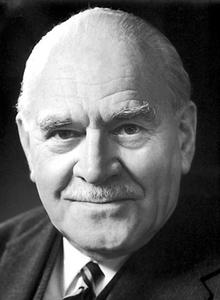
Ronald George Wreyford Norrish FRS was a British chemist who was awarded the Nobel Prize in Chemistry in 1967.
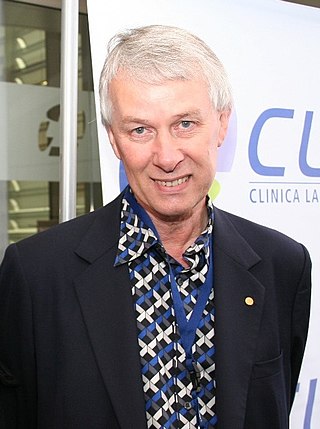
Sir Richard John Roberts is a British biochemist and molecular biologist. He was awarded the 1993 Nobel Prize in Physiology or Medicine with Phillip Allen Sharp for the discovery of introns in eukaryotic DNA and the mechanism of gene-splicing. He currently works at New England Biolabs.

Yusuf Khwaja Hamied is an Indian scientist, billionaire businessman and the chairman of Cipla, a generic pharmaceuticals company founded by his father Khwaja Abdul Hamied in 1935. He is also an elected fellow of the Indian National Science Academy.

Michael Levitt, is a South African-born biophysicist and a professor of structural biology at Stanford University, a position he has held since 1987. Levitt received the 2013 Nobel Prize in Chemistry, together with Martin Karplus and Arieh Warshel, for "the development of multiscale models for complex chemical systems". In 2018, Levitt was a founding co-editor of the Annual Review of Biomedical Data Science.
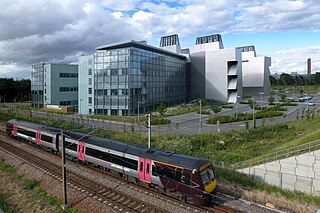
The Medical Research Council (MRC) Laboratory of Molecular Biology (LMB) is a research institute in Cambridge, England, involved in the revolution in molecular biology which occurred in the 1950–60s. Since then it has remained a major medical research laboratory at the forefront of scientific discovery, dedicated to improving the understanding of key biological processes at atomic, molecular and cellular levels using multidisciplinary methods, with a focus on using this knowledge to address key issues in human health.

The John Curtin School of Medical Research (JCSMR) is an Australian multidisciplinary translational medical research institute and postgraduate education centre that forms part of the Australian National University (ANU) in Canberra. The school was founded in 1948 as a result of the vision of Nobel Laureate Sir Howard Florey and was named in honour of Australia's World War II Prime Minister John Curtin, who had died in office a few years earlier.

Tumkur University was established in 2004 in Tumkuru, Karnataka, India. It was carved out of Bangalore University to accommodate the needs of the students from Tumkuru district. Established under the Karnataka State Universities Act, 2000, as a multi-faculty university, it has 12 postgraduate departments, 2 constituent colleges and 94 affiliated colleges. It established 29 research centres to promote advanced multi-disciplinary research and academic collaborations. In 2012, the university was recognized under section 12(b) of the UGC Act, 1956. In the same year, the National Assessment and Accreditation Council (NAAC), an inter-university council of the UGC, accredited the university with "B" Grade in the three-grade rating scale.
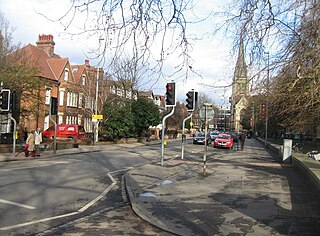
Lensfield Road is a road in southeast central Cambridge, England. It runs between the junction of Trumpington Street and Trumpington Road to the west and the junction of Regent Street and Hills Road to the west. It continues as Gonville Place to the northeast past Parker's Piece, a large grassed area with footpaths.

The Department of Chemistry is the chemistry department of the University of Oxford, England, which is part of the university's Mathematical, Physical and Life Sciences Division
The Professorship of Physical Chemistry is a permanently-established professorship at the University of Cambridge, created in 1920. For the first six decades of its existence, the incumbent was also Head of the Department of Physical Chemistry – a separate entity from the then Department of Chemistry, albeit latterly occupying the same building in Lensfield Road. Following the merger of these two departments in the early 1980s, holders of this Chair have often served as Head of the current unified Department of Chemistry.
Tuomas Knowles is a British scientist and Professor of Physical Chemistry and Biophysics at the Department of Chemistry and at the Cavendish Laboratory at the University of Cambridge. He is the co-director of the Cambridge Centre for Misfolding Diseases and a Fellow of St John's College, Cambridge. Prof. Knowles is a co-founder of four biotechnology companies: Fluidic Analytics, Wren Therapeutics, Xampla and Transition Bio. He was also the Cambridge Enterprise Academic Entrepreneur of the year in 2019.

Melinda Jane Duer is Professor of Biological and Biomedical Chemistry in the Department of Chemistry at the University of Cambridge, and was the first woman to be appointed to an academic position in the department. Her research investigates changes in molecular structure of the extracellular matrix in tissues in disease and during ageing. She serves as Deputy Warden of Robinson College, Cambridge. She is an editorial board member of the Journal of Magnetic Resonance.
Jenny Zhenqi Zhang is a Chinese-Australian chemist and BBSRC David Phillips Research Fellow of the Department of Chemistry, University of Cambridge, where she is also a Fellow of Corpus Christi College (2019-present). She was awarded the 2020 RSC Felix Franks Biotechnology Medal for her research into re-wiring photosynthesis to provide sustainable fuel sources.
